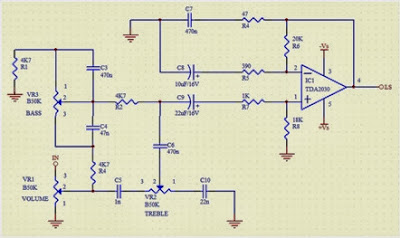Simple Gas Smoke Detector Circuit Diagram
This is the Simple Gas Smoke Detector Circuit Diagram. In the presence of smoke or gas, the ac output voltage increases and becomes rectified, filtered and zener-diode coupled (D2 for thresholding) to sensitivity control R3. Under no gas condition, the output equals approximately 0 V (high). When gas is present, the output will be a negative value (low) sufficient to overcome the threshold of MeMOS gate 2 and D2.
Simple Gas Smoke Detector Circuit Diagram

The circuit shown uses a TGS 308 sensor, a generalpurpose gas detector that is not sensitive to smoke or carbon monoxide. If smoke is the primary element to be detected, use the TGS 202 sensor. The two sensors are basically identical; the main differences lie in the heater voltage and the required warm up time delay. The TGS requires a 1.2 V heater and a 2 minute delay, whereas the TGS 202 requires 1.5 V and 5 minutes, respectively.
The system uses a MeMOS gated oscillator directly interfacing with a triac-controlled ac hom. Using the MC14572 HEX functional gate, four inverters, one two-input NAND gate and one two-input NOR gate, the circuit provides the complete gas/smoke detector logic functions time delay, gated astable multivibrator control and buffers operation. The 24-Vac hom produces an 85/90-dB sound level output at a distance oflO ft. Controlled by the astable multivibrator, the hom generates a pulsating alarm-a signal that may be advantageous over a continuous one in some noise environments.
Sourced By: Circuitsproject



Comments
Post a Comment